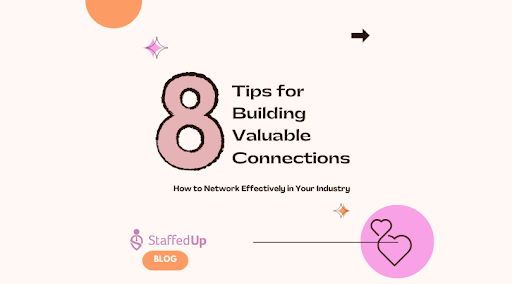In today’s fast-paced world, continuous learning is more than just a buzzword—it’s a necessity. Embracing continuous learning can significantly enhance your career prospects and personal growth. Whether you’re looking to climb the corporate ladder or pivot to a new industry, continuous learning and skill development are key to staying competitive and adaptable.
Why Continuous Learning Matters
This practice involves regularly updating your skills and knowledge to keep pace with industry changes. This proactive approach not only helps you stay relevant but also opens up new opportunities for career advancement. According to a study by Deloitte, employees who engage in continuous learning are more likely to be promoted and experience job satisfaction1.
Benefits for Individuals
- Staying Relevant: In an ever-evolving job market, continuous learning ensures that your skills remain up-to-date. This is particularly important in fields like technology and healthcare, where advancements happen rapidly2.
- Career Advancement: By acquiring new skills, you position yourself for promotions and new job opportunities. Continuous learning can make you a more attractive candidate for higher-level positions3.
- Personal Growth: Learning new things can be incredibly fulfilling. It boosts your confidence and keeps your mind sharp, making you more adaptable to changes4.
Benefits for Organizations
- Increased Productivity: Employees who engage in constant learning are often more productive. They bring fresh ideas and innovative solutions to the table, which can drive business success5.
- Employee Retention: Companies that invest in their employees’ development tend to have higher retention rates. Employees feel valued and are more likely to stay with a company that supports their growth.
- Competitive Advantage: Organizations that foster a culture of learning are better positioned to adapt to market changes and stay ahead of competitors.
How to Foster Continuous Learning
- Provide Learning Opportunities: Encourage employees to take online courses, attend workshops, and participate in webinars. Platforms like Coursera and LinkedIn Learning offer a plethora of resources.
- Create a Learning Culture: Promote a culture where learning is valued and rewarded. Recognize and celebrate employees who take the initiative to learn new skills.
- Leverage Technology: Use learning management systems (LMS) to track and manage employee learning activities. This makes it easier to identify skill gaps and provide targeted training.
Conclusion
Continuous learning and skill development are essential for both personal and professional growth. By embracing a mindset of lifelong learning, you can stay ahead in your career and contribute to your organization’s success. Check out StaffedUp for available roles in your area & get learning!








